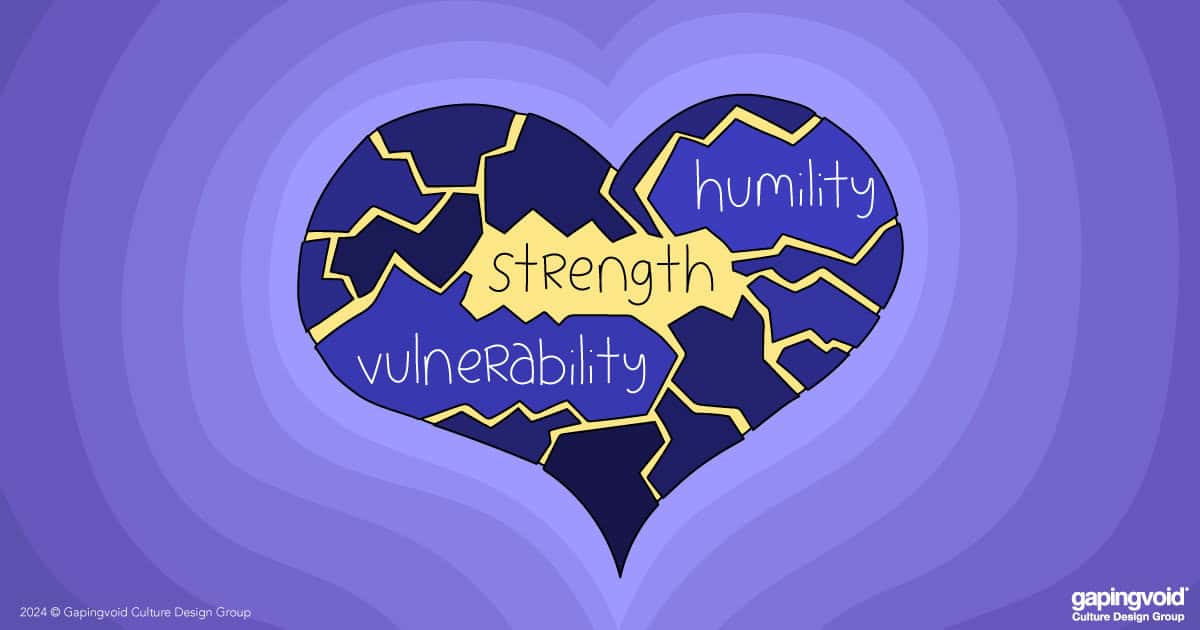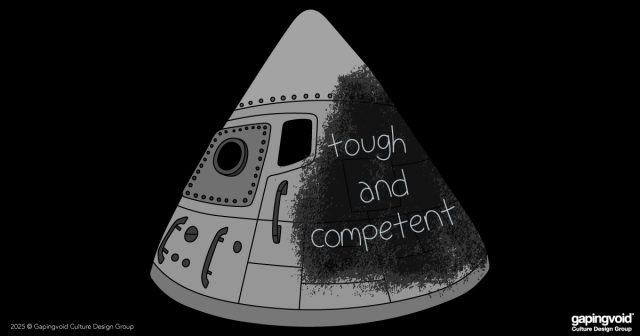
Let’s say one day you break a coffee cup by dropping it on the floor. Nothing fancy, but an irreplaceable piece of great sentimental value to you.
Sure, you could throw it away, but then you’d be without an important personal totem. You could glue it back together, but that would look dreadful. You can also staple the broken pieces together, but like glue, it’s just not the same, it’s certainly not as pretty.
However, the Japanese have a lovely old tradition, where they stick the broken pieces together by using precious metals (often Urushi tree resin mixed with gold, platinum, or silver), called Kintsugi (which translates to ‘golden seams’ or ‘golden repair’).
If done right, the piece can look even more beautiful than before it was broken.
It’s also a deep metaphor for the human condition- beautiful in spite of it being imperfect and temporary. Kintsugi is based on the Japanese concept of wabi-sabi, which celebrates the beauty-yet-sadness of impermanence, imperfection, entropy and incompleteness.
(Oreo, the world’s bestselling cookie, had a memorable bit of fun lately when they came up with Oreo Kintsugi, a way of repairing broken cookies using a tube of its white cookie filling instead of gold resin.)
Life is beautiful but broken, and so here we are.
Not surprisingly, Kintsugi as a metaphor also works well in our professional lives. What makes your organization special and unique isn’t just the things you get right, but all the mistakes, train wrecks, dumpster fires and hard times you managed to somehow survive along the way. What doesn’t kill us makes us stronger, indeed.
These Kintsugi cracks don’t just show us where we messed up, but define who we really are.
They are not only our flaws, they are our making.




Several years ago, I learned about Kintsugi art. I agree wholeheartedly with your metaphor and believe that it applies everywhere, not only in my professional life but also as I age, and my face reflects the wrinkles I have earned from equal parts of sadness from loss and the joys of family and dear friends. I am happy to claim those imperfections as objects of beauty and character! I also teach that to the divorce coaches I train so that they can share that mindset with their clients, as they often feel broken from divorce. Divorce is one of those precious metals that, when applied to the hurts and loss, brings great strength to the brokenness to create beauty and wisdom from the lessons learned.